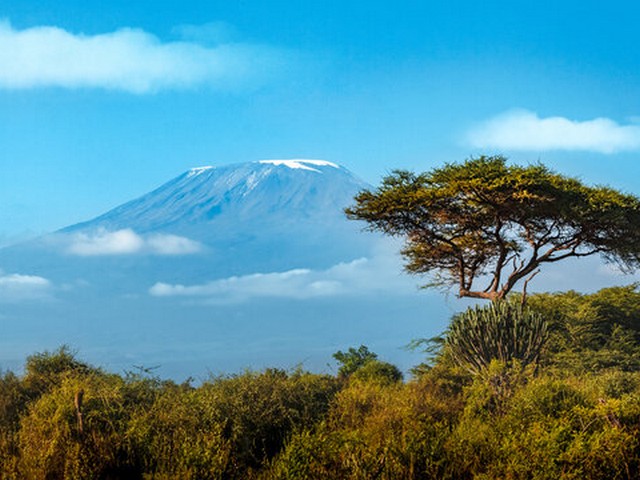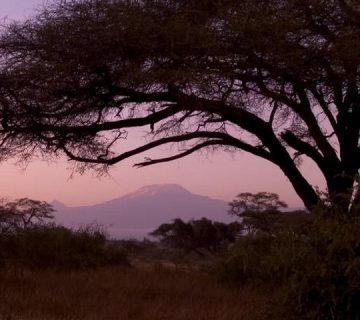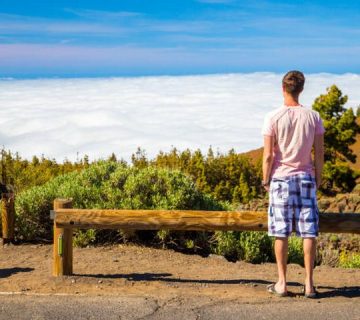Essential Photography Gear For Kilimanjaro Trek
Capture the Majesty of Mount Kilimanjaro
Imagine standing at the roof of Africa, surrounded by a surreal landscape of equatorial snow and vast African skies. Mount Kilimanjaro isn’t just a mountain; it’s a photogenic masterpiece waiting to be captured through your lens. Whether you’re a seasoned photographer or an enthusiastic beginner, preparing the right photography gear for your Kilimanjaro trek can make the difference between good photos and spectacular ones. At Kilimanjaro Centre for Trekking and Ecotourism (KCTE), we understand the importance of this once-in-a-lifetime experience, and we’re here to guide you through selecting the essential photography gear for your adventure.
Choosing Your Camera: The Heart of Your Gear
DSLR vs. Mirrorless Cameras
For capturing the stunning vistas and diverse ecosystems of Kilimanjaro, a reliable camera is a must. DSLR cameras are known for their robustness and versatility. They offer excellent image quality and battery life, which is crucial in the cold temperatures of high altitudes. Mirrorless cameras, on the other hand, are lighter and more compact, making them ideal for the rigorous trek. Both types have their merits, and your choice should align with your comfort and experience level.
Point-and-Shoot Cameras
If simplicity and weight are your main concerns, a high-quality point-and-shoot camera can also be a great companion. Many models now offer excellent image quality and manual settings for more control.
Lenses: Your Window to Kilimanjaro’s Soul
Wide-Angle Lens
A wide-angle lens is invaluable on the mountain. It allows you to capture expansive landscapes and the vastness of the terrain. Look for lenses in the range of 10mm to 24mm to photograph everything from wide scenic vistas to group shots of your trekking team.
Telephoto Lens
A telephoto lens, ideally from 70mm to 200mm, is perfect for capturing distant wildlife and detailed scenes of the mountain’s peaks. The compression effect of a telephoto lens can bring distant objects visually closer together, adding a dramatic effect to your photos.
Lens Considerations
Remember, lenses can be heavy. Balance your lens choices with the need to keep your pack light. Sometimes, a versatile zoom lens like an 18-300mm can be a practical compromise, covering most situations.
Supporting Gear: Enhancing Stability and Flexibility
Tripods
A lightweight, travel-friendly tripod is crucial for long exposures, especially for capturing Kilimanjaro’s starry night skies or the sunrise at Stella Point. Consider a carbon fiber tripod that is sturdy yet light enough to carry on a multi-day hike.
Filters
UV filters can help protect your lens from the harsh sun, while polarizing filters are great for reducing glare from snowy peaks and enhancing the blues of the skies.
Power Solutions: Keeping Your Gear Charged
Battery life diminishes quickly in cold weather, so it’s essential to bring spare batteries for your camera. Keep these batteries warm, possibly in close contact with your body, to preserve their charge. Solar chargers can also be a handy way to recharge batteries, particularly on longer treks where access to power is limited.
Storage and Protection
Camera Bags
A good camera bag is not just about storage—it’s about protection. Choose a bag that is weather-resistant with good padding. It should also be comfortable to carry, considering you’ll be trekking for hours each day.
Memory Cards and Backup
Always bring more memory than you think you’ll need. High-capacity memory cards are a must, and having multiple cards can help manage the risk of card failure. A portable hard drive or a wireless SSD could also serve as a backup solution to safeguard your photos.
Practical Accessories
Cleaning Kit
The dusty trails can be challenging for camera gear. A simple lens cleaning kit will help you keep your lenses and sensors clean, ensuring crystal clear images.
Protective Gear
Consider rain covers for your camera and lens, as weather on Kilimanjaro can be unpredictable. Waterproof cases can also be useful during the rainy season.
Join Us at Kilimanjaro Centre for Trekking and Ecotourism (KCTE)
Embarking on a photography journey up Mount Kilimanjaro is an adventure that promises not only personal fulfillment but also a gallery of breathtaking high-altitude landscapes. At KCTE, we specialize in creating memorable, scenic treks that cater specifically to photographers aiming to capture the essence of Kilimanjaro. Book your climb with us, and ensure you return with more than just memories—return with stunning photographs that tell a story of endurance, beauty, and the spirit of adventure.
FAQs
What is the best time of year for photography on Kilimanjaro?
The best times are during the dry seasons, from June to October and from December to March. These periods offer clear skies and optimal visibility.
How can I best prepare for altitude with photography gear?
Keep your gear as light as possible, and make sure to acclimate properly to avoid altitude sickness. Your ability to carry and use your camera depends on your physical condition.
Can I charge my camera batteries during the trek?
Electricity is limited to certain campsites. Bringing extra batteries and a solar charger is advisable.
Do I need special insurance for my photography gear?
Yes, travel insurance that covers expensive photography equipment is highly recommended when trekking Kilimanjaro.
Capture the splendor of Kilimanjaro with your lens, and let every photograph narrate the timeless allure of this majestic mountain. Join us at KCTE for an unforgettable photographic expedition where the marvels of Kilimanjaro await at every turn. Book your trek today and immortalize your adventure in stunning clarity.




